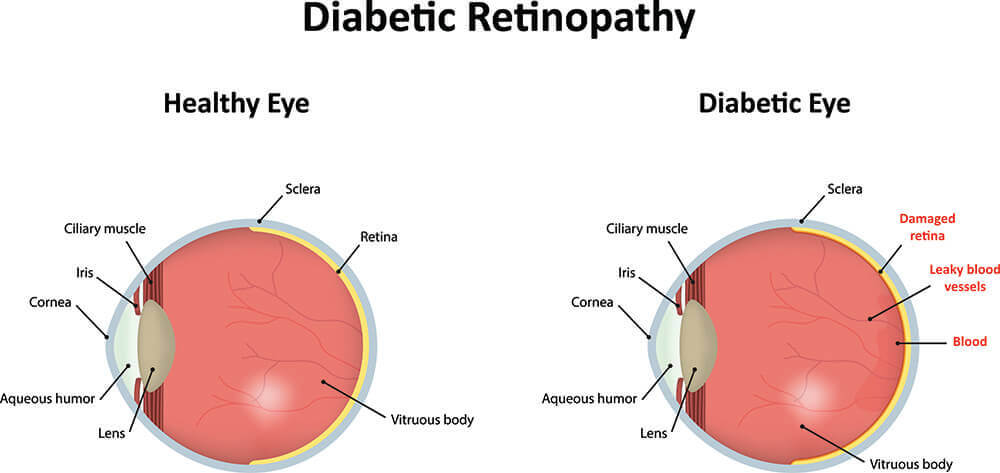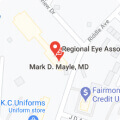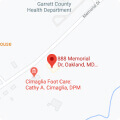
Diabetic Eye Care in Bridgeport, WV
Individuals with diabetes have an elevated risk of developing many conditions of the eye. And should receive regular comprehensive eye exams to monitor eye health. Catching problems early vastly reduces the risk of significant vision loss. At Regional Eye Associates, one of our top priorities is to prevent blindness from diabetes. Our advanced technologies and our experienced eye care professionals make us a leading center in the region for diabetic eye care in Bridgeport, WV.
Diabetic retinopathy, a complication of diabetes, is responsible for 12,000 to 24,000 new cases of blindness each year. And is the leading cause of new cases of blindness in adults aged 20 to 74 years. The Centers for Disease Control estimated that over 20 million Americans have diabetes.
Diabetes causes abnormal glucose metabolism as a result of decreased levels of insulin or insulin resistance. Increased levels of blood glucose are thought to have a structural and physiological effect on retinal capillaries (small blood vessels in the back of the eye). Which causes them to be both functionally and anatomically incompetent.
What is Diabetic Retinopathy?
Diabetic retinopathy is the most common diabetic eye disease and a leading cause of blindness in American adults. In the majority of diabetic retinopathy cases, blindness is completely preventable. Patients will need to work closely with the Regional Eye Associates diabetic retina eye doctors to monitor and treat this disease. The use of medications and daily blood sugar monitoring can make a major impact on the worsening of diabetic retinopathy.

The retina is the like the film in a camera; in which it is the light-sensing film on the back of the eye that captures the images. In diabetes disease, sugar (glucose) builds up within blood vessels in the retina and tissues of the body causing it to attach to the proteins in the wall. This alters the vessel’s normal structure and functioning. The vessels eventually get blocked and leak fluid. When they cannot deliver an adequate amount of blood supply to the eye, the eye can generate abnormal new blood vessels. Early diabetic retinopathy usually has no symptoms. However, worsening diabetic retinopathy can lead to visual loss and blindness.
Treating Diabetic Retinopathy
An in-office laser procedure known as pan-retinal photocoagulation is used to treat severe diabetic retinopathy. Focal Grid laser may also be necessary to treat macular edema, a form of retina swelling associated with diabetes, which can lead to vision loss. Unfortunately, medicines to treat diabetic retinopathy are not currently available.
Annual comprehensive eye exams are important and highly recommended.
To learn more about diabetic eye care diseases and treatment, contact Regional Eye Associates at 1-800-598-3301.
*As with any surgical procedure there are risks along with benefits. It is important to discuss your surgical procedure with your surgeon to fully understand the risks and benefits.






